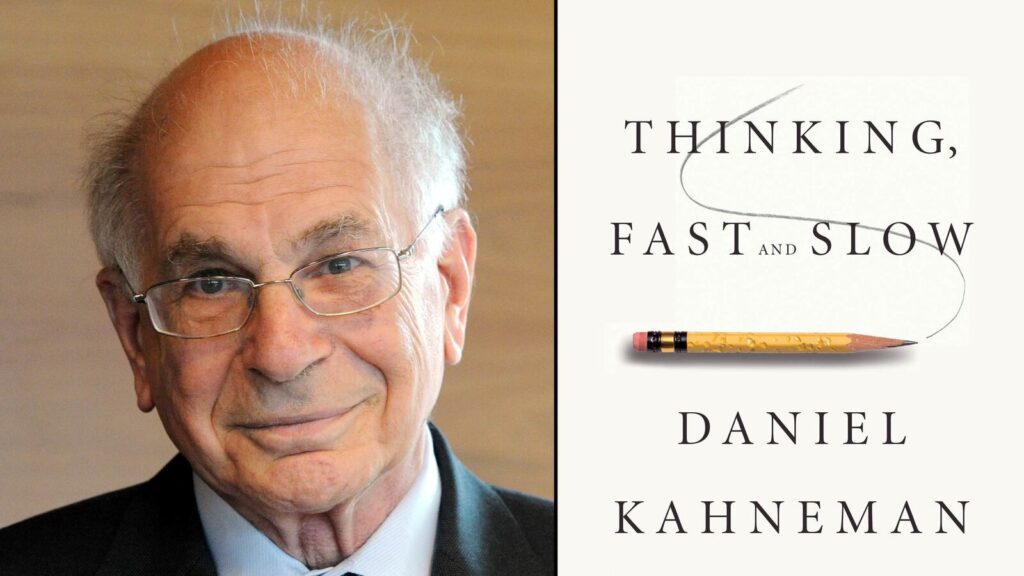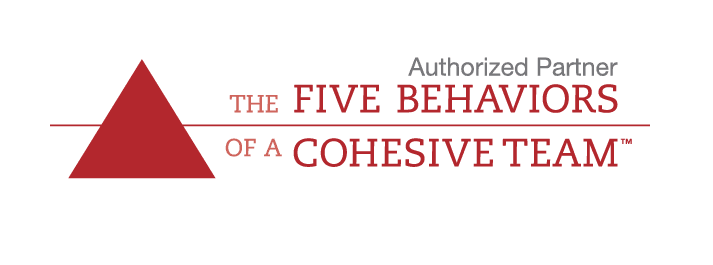Understanding Job Fit
The Ultimate Guide for Using These Powerful Assessments

Job Fit Assessments identify and measure core metrics that are essential for success in any given role or position.
When done correctly, a job fit assessment provides a competitive advantage by allowing an organization to hire more effective employees. While identifying job fit isn’t a guarantee in determining the best employee from a group of candidates, it offers a process to refine the selection of qualified candidates and reduce hiring biases.
Since at least the 1950s, psychologists have worked to understand if there is a single method for measuring how well a person ‘fits’ a position. Today, we know the key components that need to be assessed, but it’s not as simple as blindly testing a candidate.
In this article, we will review the history of job fit assessments and the lessons we have learned over the decades. We will review key psychometric areas that are used in job fit assessments. Additionally, we will provide an opportunity for you to see how your open position can be mapped into a specific model, allowing you to determine job fit through an assessment process.
The History of Determining Job Fit

Walter Clarke – Early Employee Benchmark Pioneer
In the 1940s, an industrial psychologist named Walter Clarke stumbled upon an interesting observation:
Workers in a retail setting all had the same education and experience. They were even similar demographically.
However, some were very successful and happy employees, while others struggled. Clarke couldn’t shake a singular question: “If experience and education couldn’t determine job fit, then what would be a better measurement?“
Walter Clarke sought to understand the answer to this question and found himself in the world of psychometrics. Using a model called DISC, Clarke found that personality and behavior were better indicators of success in a retail store setting than education or experience.
Over the years, psychologists have learned that behavior, cognitive abilities, physical attributes, experience, education, and personality all play a role in determining how well someone fits a job. When the right qualities are identified and modeled, they can significantly contribute to determining a person’s job fit.
Where does Expert Opinion Belong in the Job Fit Assessment Process?
A natural question that comes up when starting to use a process to determine job fit is how much weight should be given to an expert’s opinion.
For example, should a bakery, a software engineer, or an architectural firm rely more on their intuition when hiring someone to work in their kitchen, compared to an assessment process? How valid can an assessment process really be compared to the knowledge of an expert who can actually ‘see’ what a candidate is capable of?
The renowned Nobel Prize-winning economist Daniel Kahneman addressed this question in his New York Times bestselling book, Thinking, Fast and Slow.
Kahneman’s career began in the Israeli army, where he first began to understand the frequency with which our cognitive biases negatively influenced our predictions.
Kahneman’s first major assignment was helping the Israeli army develop a process for selecting candidates for the army’s officer training program.

Kahneman and his colleagues developed a test where soldiers would perform physical tasks, such as getting a pole and themselves over a wall.
Kahneman and his colleagues would observe the group performing these tasks, and they would identify who should be moved into the army’s office program. These very tough and physical tasks, the assessors thought, would help them understand how someone would behave in a leadership position.
Unfortunately, when they examined the success of their predictions, only about half of their candidates were successful in the officer training program. Their test and judgments were about as good as flipping a coin.
Without realizing it, Kahneman followed Walter Clark’s lead and identified six traits that were crucial in selecting candidates for the officer program. Instead of physical tests, these tests required someone to interview soldiers and score their answers based on a scale between 1 and 5. After going through this process, the interviewers were asked to close their eyes and give a final, holistic, intuitive score (a gut feeling). When the interviewers employed this process, they were significantly more likely to accurately predict which soldiers were qualified for the officer training program.
Kahneman concluded that going through a disciplined, structured process will help prime anyone in the selection process to think more analytically. This structure can elevate expert intuition!
Core Measurement Areas of Job Fit Assessments
Determining what to measure can be a tall order.
Using a tool like PXT Select can provide a strong foundation to get started. PXT Select measures three key areas to understand your candidates:
- Cognitive Abilities (verbal and numerical ability and reasoning)
- Behavior / Personality
- Interests
For specific jobs, physical attributes must also be measured.
Someone might have a great cognative ability for understanding football playmaking, but can they run a 50-yard dash in 4 seconds? It’s essential to consider the key traits required for your position. If you are unsure, using a tool like PXT Select can help get you started by thinking about the selection process in a structured manner.
How To Get Started
To understand how this process works, we invite you to share a job or role description with us and allow us to create a model of your position for free. We will help identify the characteristics we believe are essential for your role and provide a system that can bring structure to your candidate selection process.
Fill out the form below to get started:





